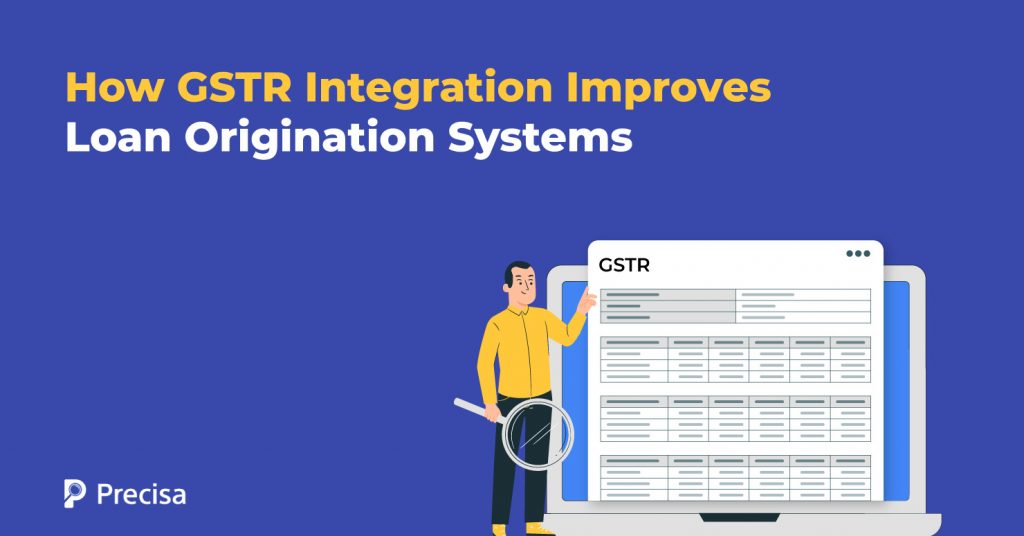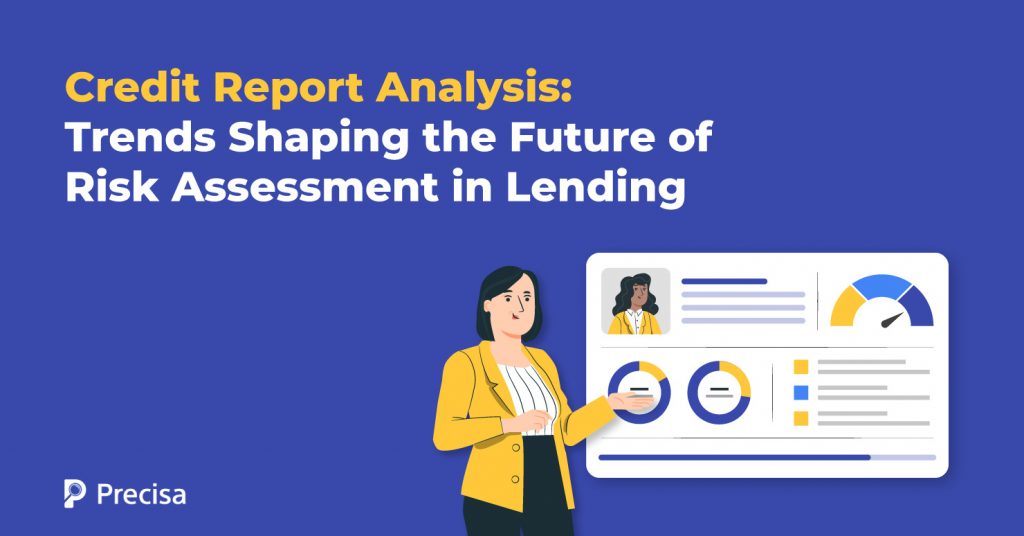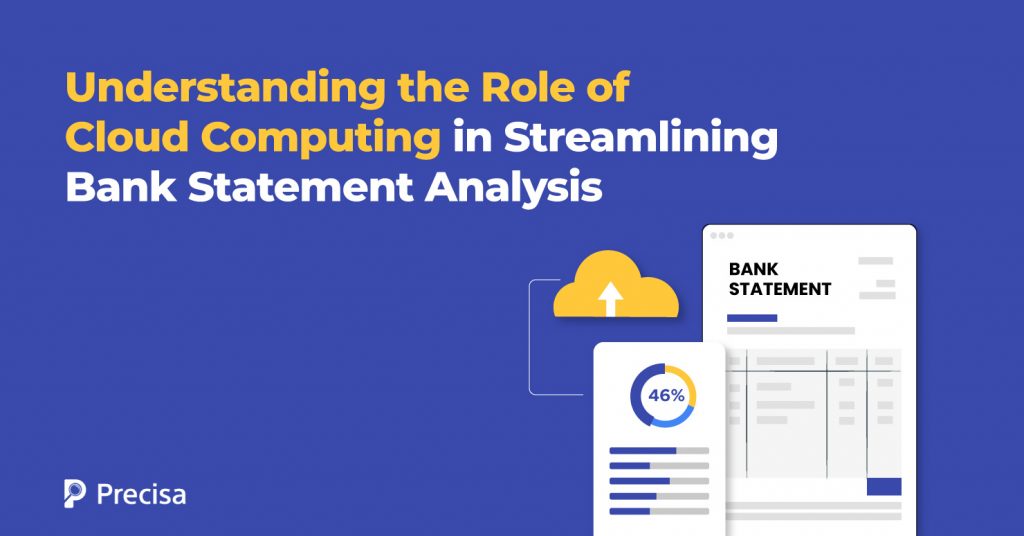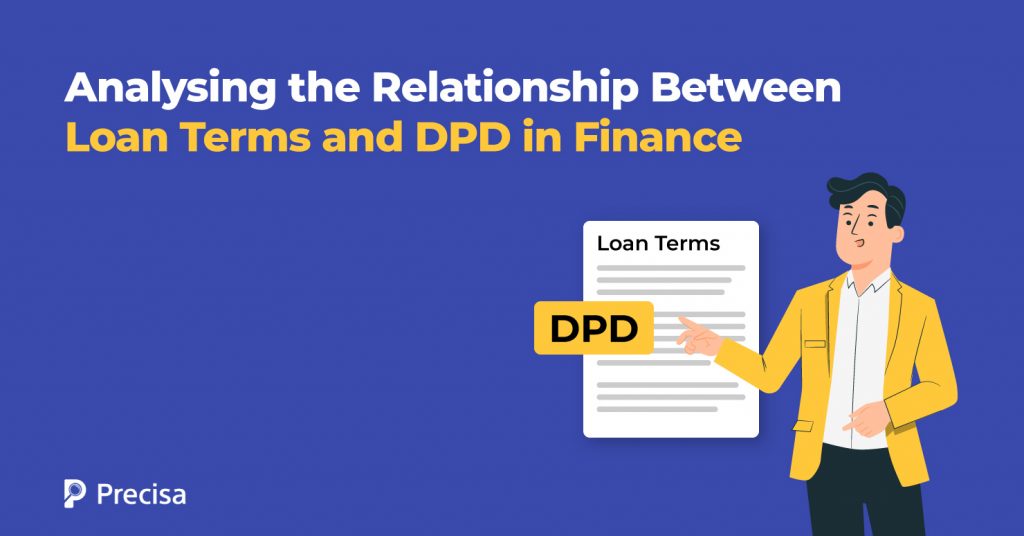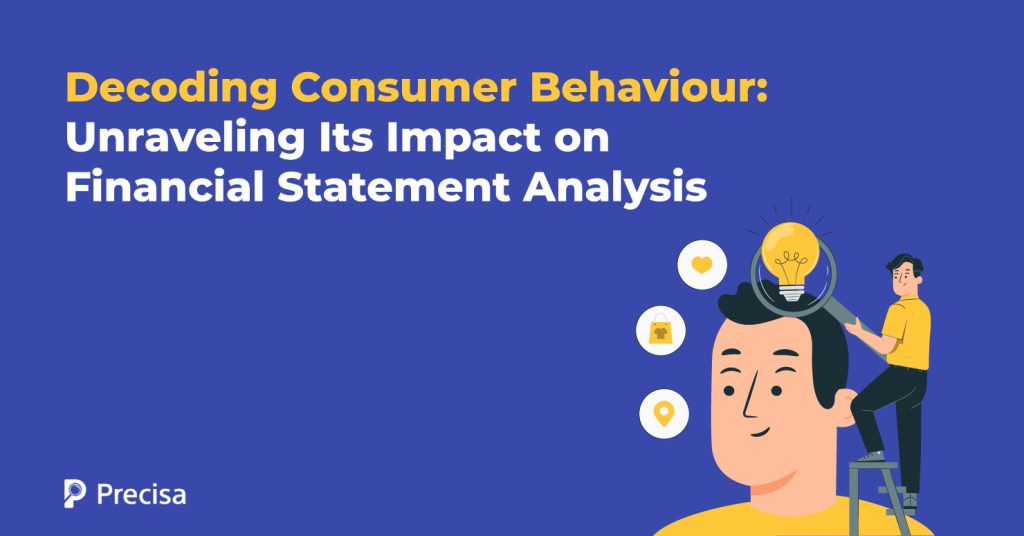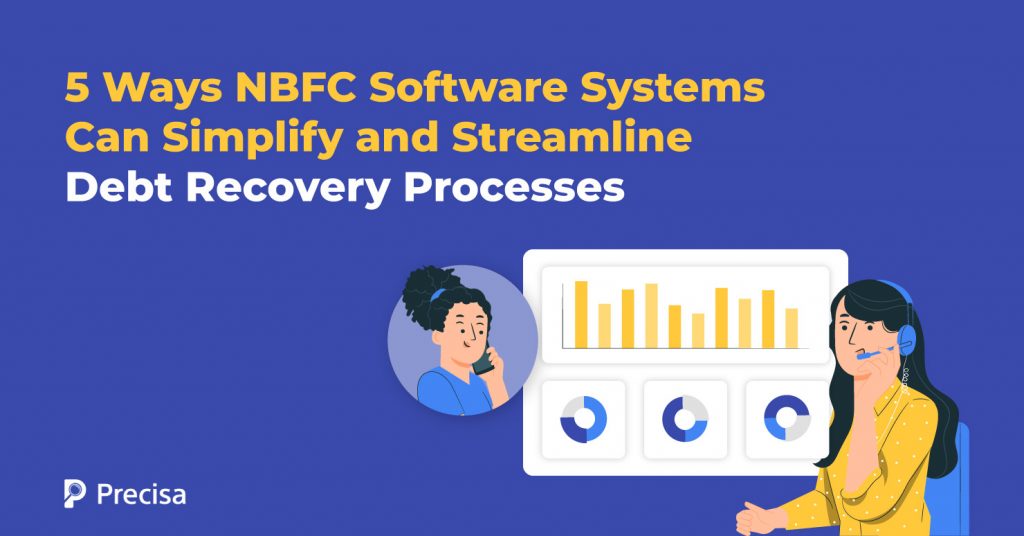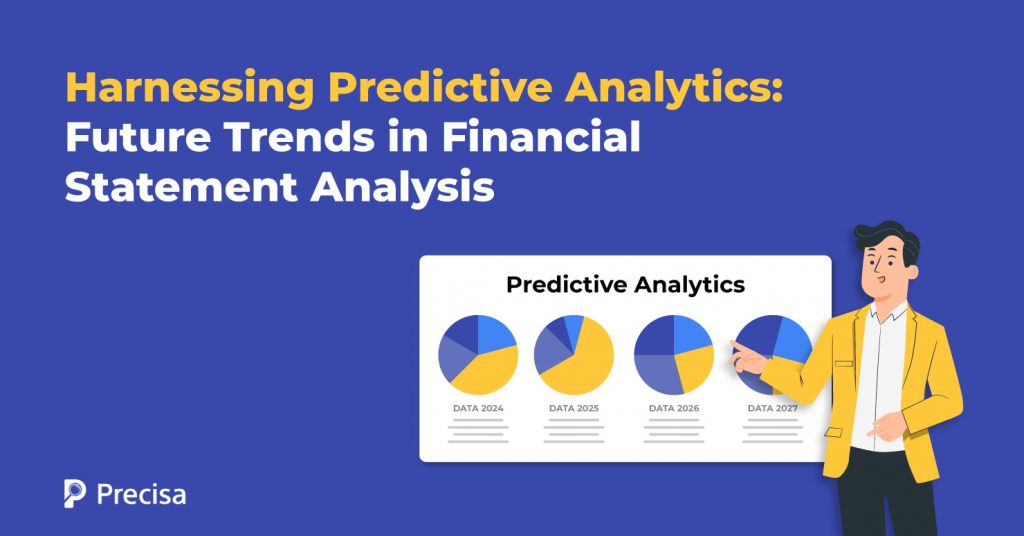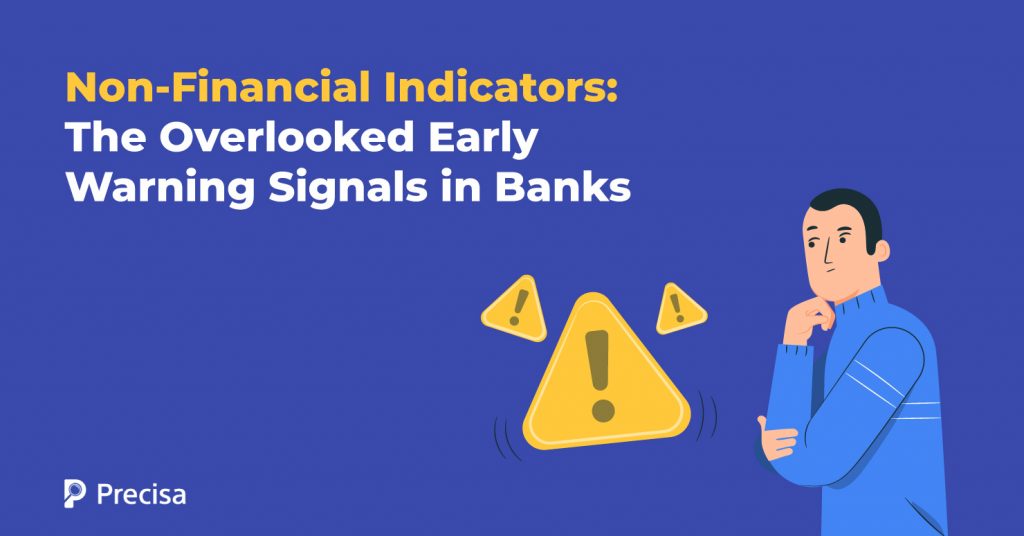India’s demand for credit is vast, yet a significant portion of the population lacks formal credit access. For example, in the MSME sector, only 14% of businesses have access to formal credit mechanisms. The challenges in assessing borrowers’ creditworthiness are one of the main reasons for this. This stems from a lack of transparency and […]
Credit Report Analysis: Trends Shaping the Future of Risk Assessment in Lending
Analysing a potential borrower’s creditworthiness comes with multiple challenges. For instance, lenders struggle with limited access to a borrower’s financial data, manual underwriting processes, and inadequate fraud detection techniques. These challenges reduce the accuracy of credit report analysis. On the other hand, borrowers remain at the receiving end of a slow turnaround on loan applications. […]
Understanding the Role of Cloud Computing in Streamlining Bank Statement Analysis
Rapidly growing transaction volume and the ever-increasing threat of data breaches make it imperative for banks to look for innovative solutions to ensure quality service, ease and safety to their customers. In this backdrop, cloud computing is reshaping how banks analyse vast amounts of sensitive data, making operations faster and more secure. This technology enables […]
Analysing the Relationship Between Loan Terms and DPD in Finance
As lenders scale their operations, it becomes more important for them to gauge a borrower’s creditworthiness with accuracy. Otherwise, it can lead to the growth of non-performing assets (NPAs) and more delinquencies. As of March 2024, the percentage of gross non-performing assets (GNPA) in India was as follows: 1.2% per personal loan, 6.2% in the […]
Fintech Companies in India: How Robo-Advisors Are Enhancing Service Delivery
Robo-advisors are automated platforms that recommend personalised investment options and portfolios based on a theme or strategy specific to the user. These advisors leverage customer data and use algorithms to offer advice and are transforming the landscape of fintech companies in India. According to the latest data, assets under management in the robo-advisors market are […]
Unpacking RBI’s Unified Lending Interface: What Lenders Need to Know
The Reserve Bank of India’s (RBI) Unified Lending Interface (ULI) is a groundbreaking technological innovation poised to transform the Indian lending sector. The digital platform aims to facilitate the loan application process by providing lenders with quick access to comprehensive financial data through standardised APIs. This way, ULI reduces paperwork, speeds up approvals, and improves […]
Decoding Consumer Behaviour: Unraveling Its Impact on Financial Statement Analysis
A customer’s habits play an important role in determining their financial trajectory. For instance, the inability to pay EMIs on time can have an impact on one’s credit score, net worth, assets, and debt. Access to such vital data related to past customer behaviour can help businesses predict future conduct. In particular, adopting technologies like […]
5 Ways NBFC Software Systems Can Simplify and Streamline Debt Recovery Processes
The Economic Times reports that it could take upward of seven years to solve all the pending debt recovery cases in India. The report also states that more than 200,000 pending cases are waiting at the Debt Recovery Tribunals (DRTs) which handle around 30,000-40,000 each year. Despite consistent efforts and timely reforms to improve the […]
Harnessing Predictive Analytics: Future Trends in Financial Statement Analysis
Financial statement analysis generally assesses a firm’s financial health and performance. The income statement, cash flows, balance sheet, etc., present historical data in a structured form, aiding in informed decision-making. Financial statements are useful in understanding what has happened but are limited in forecasting ability. Now, imagine a proactive tool that can go beyond the […]
Non-Financial Indicators: The Overlooked Early Warning Signals in Banks
A borrower’s financial data provides significant insight into their financial status and creditworthiness. This data helps banks make lending decisions during the underwriting process. However, it is equally important for banks to observe non-financial indicators that help predict a borrower’s future behaviour. These indicators can inform banks about the ability of a borrower to fulfil […]

